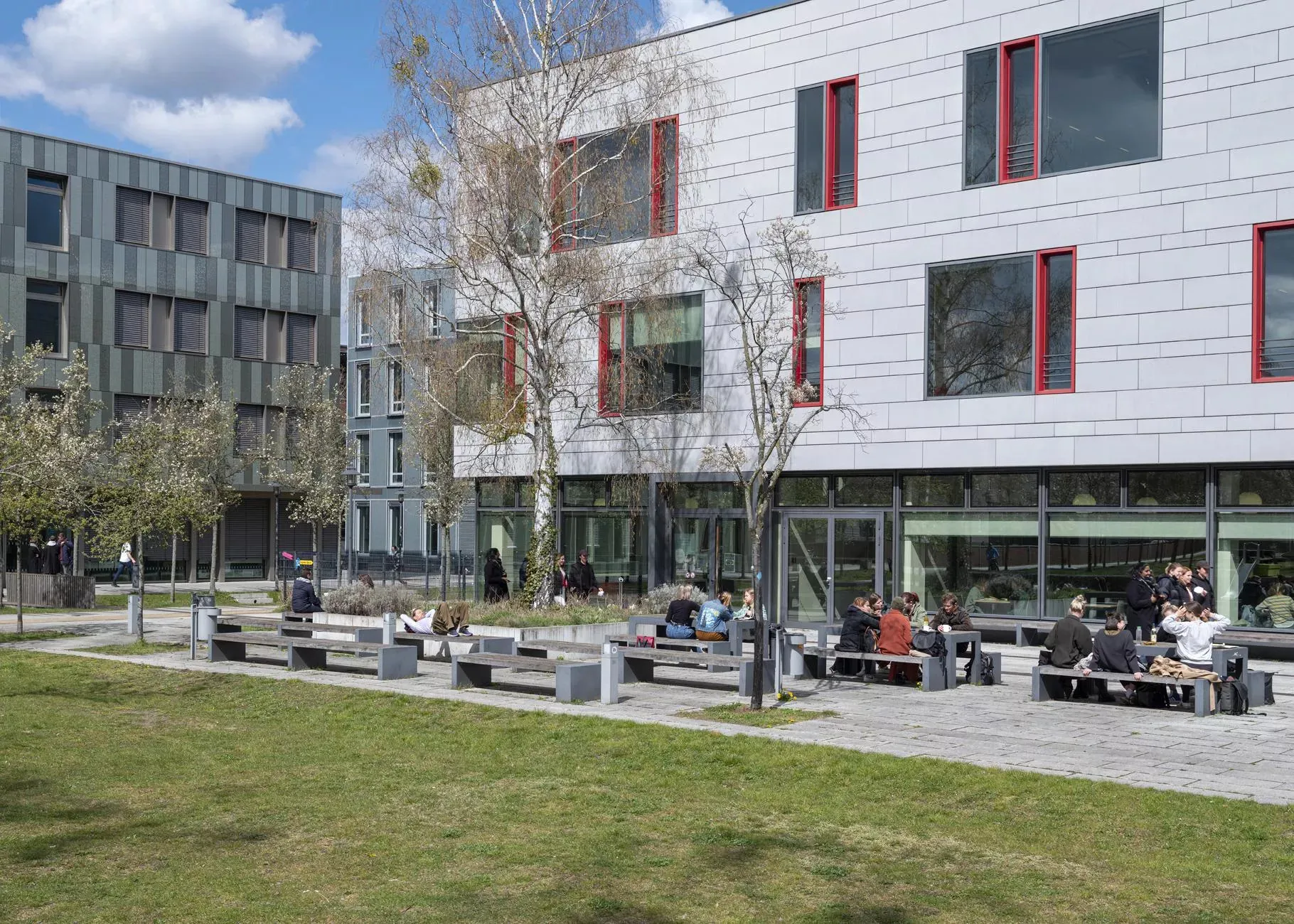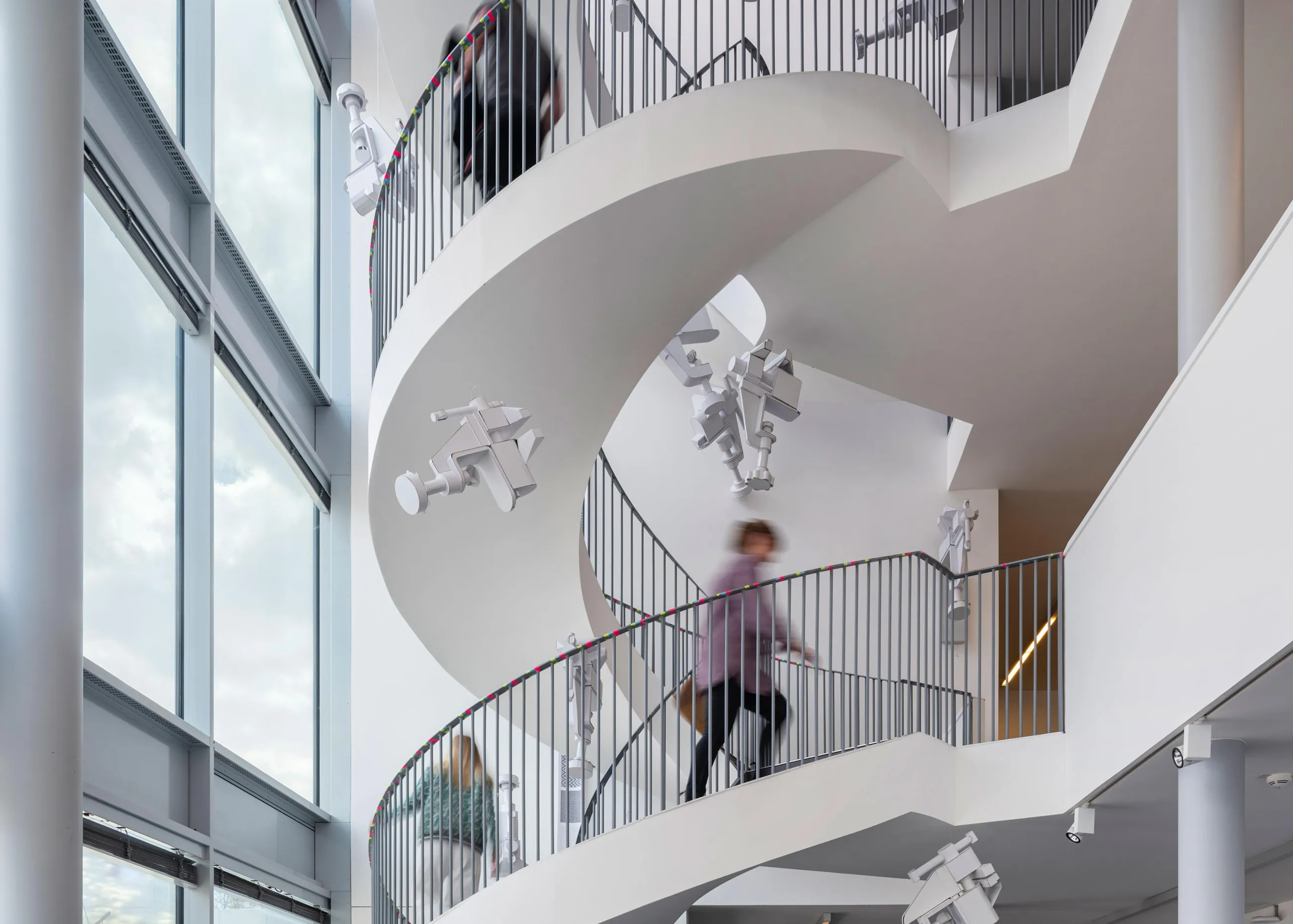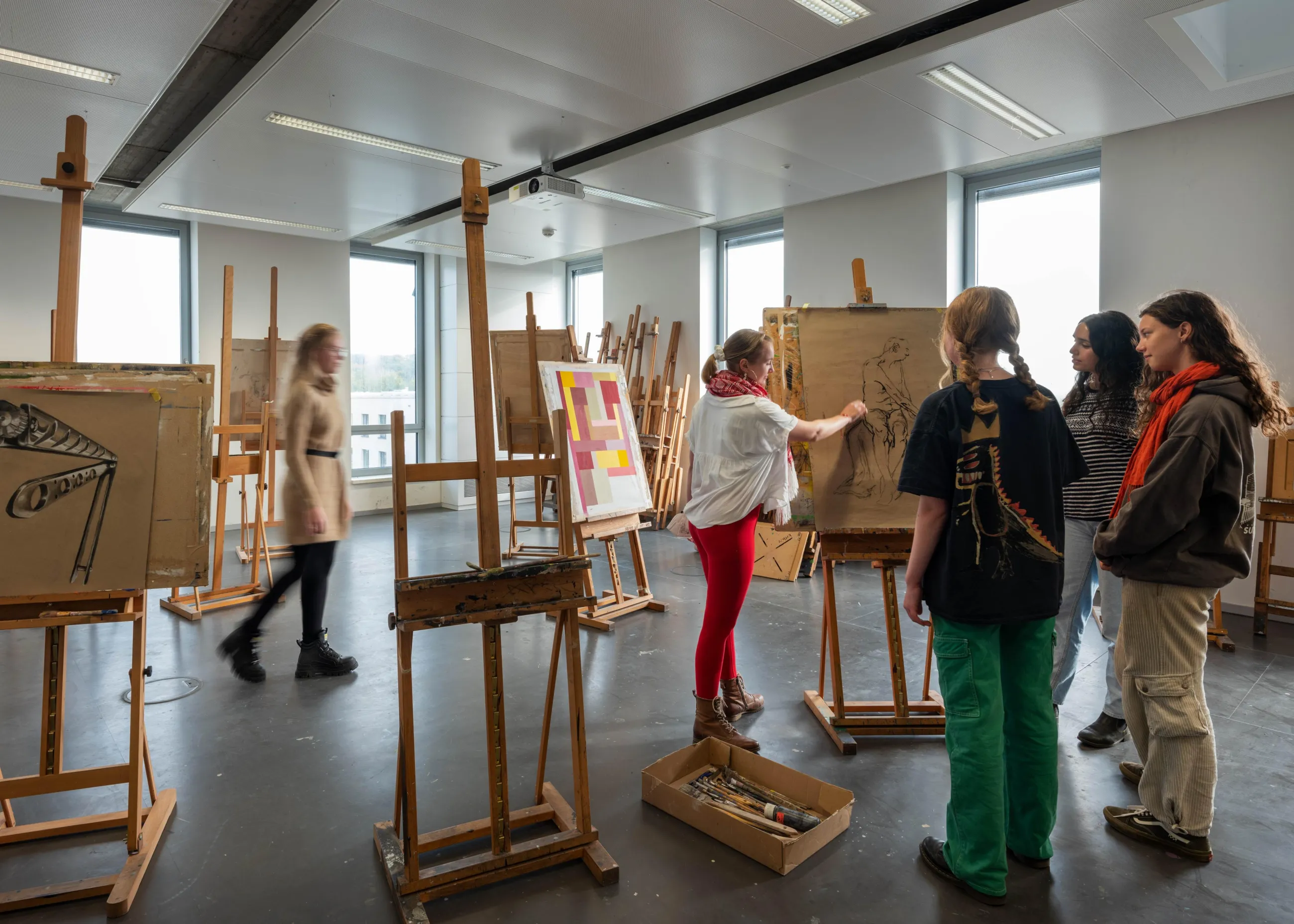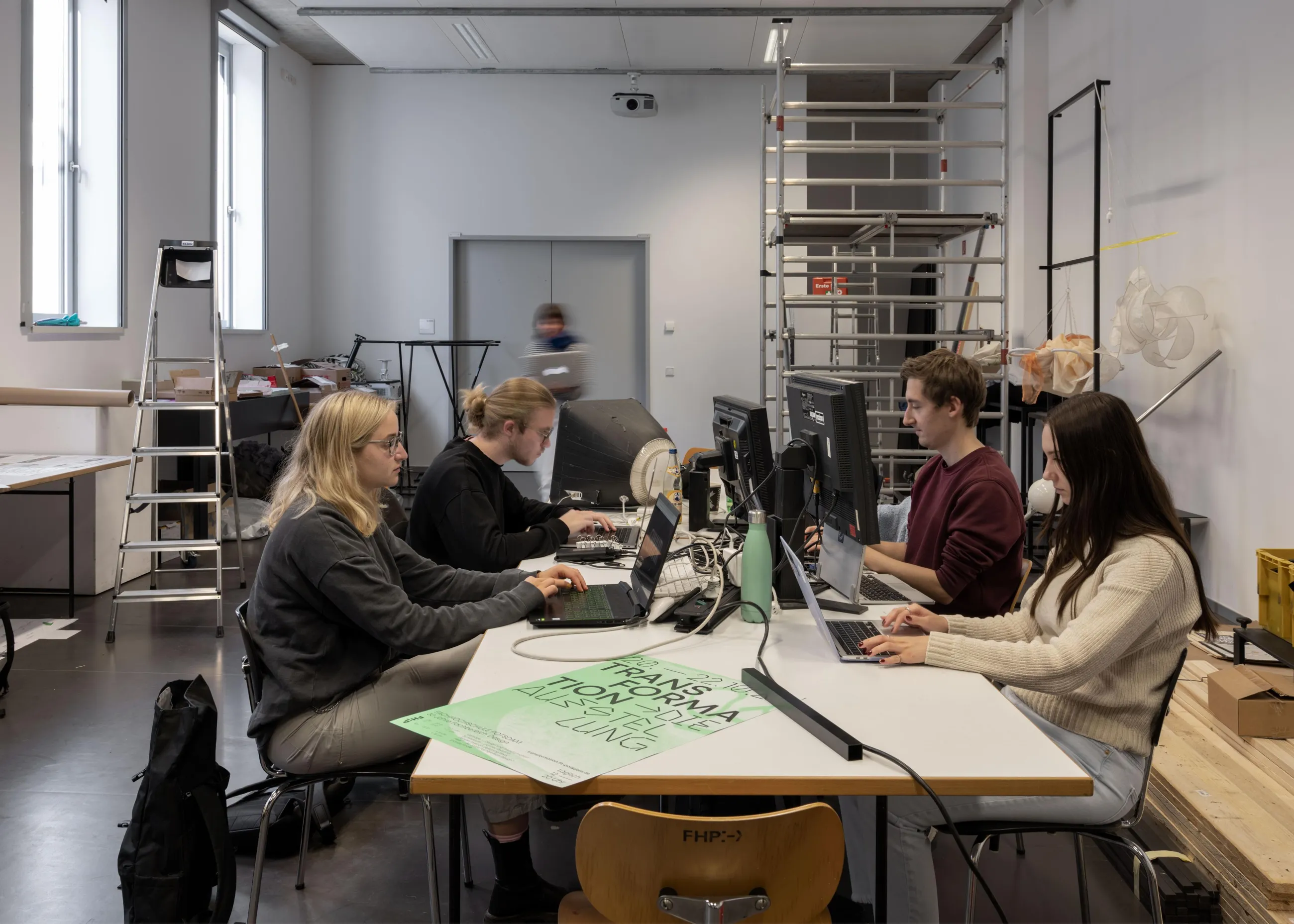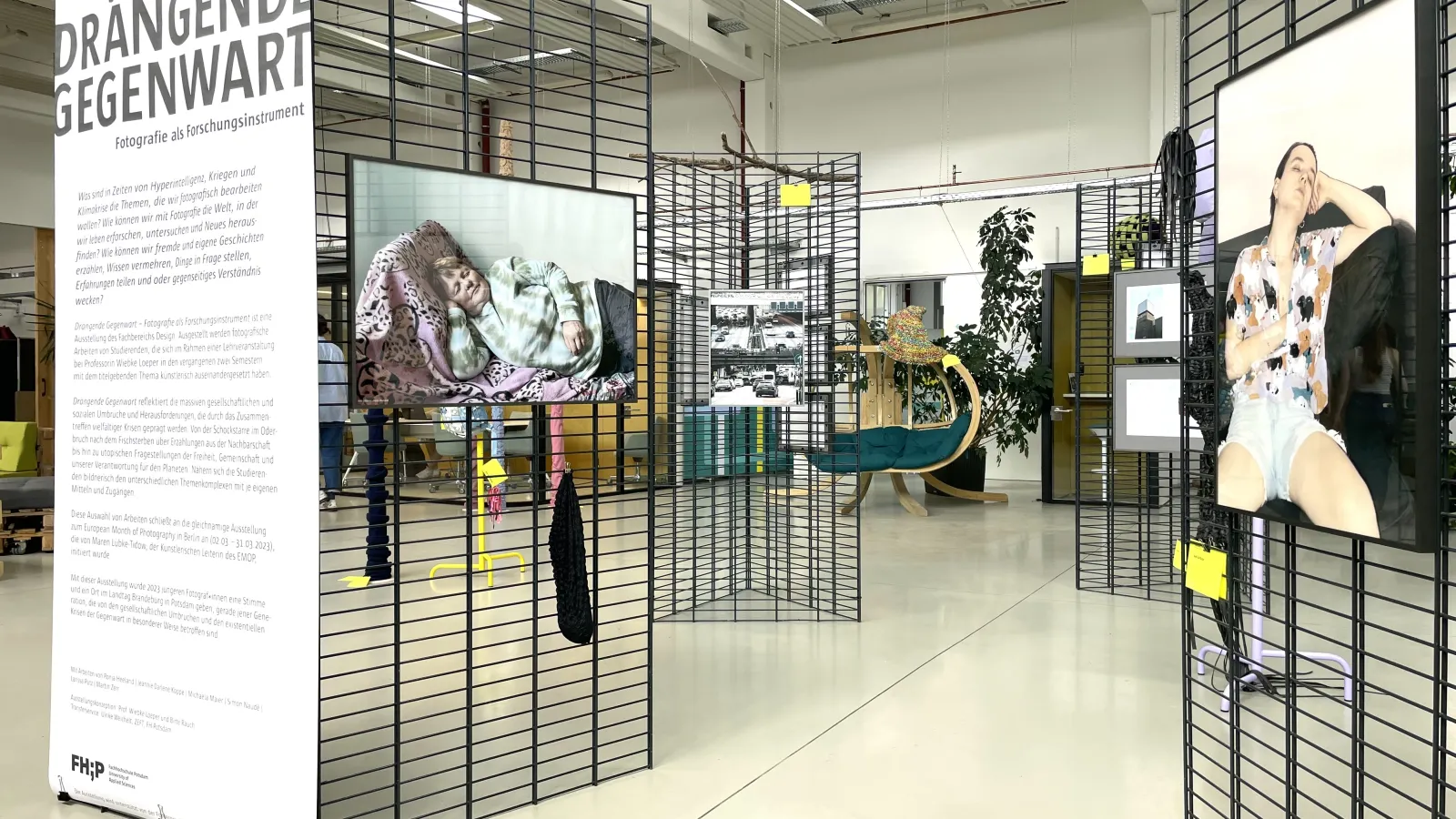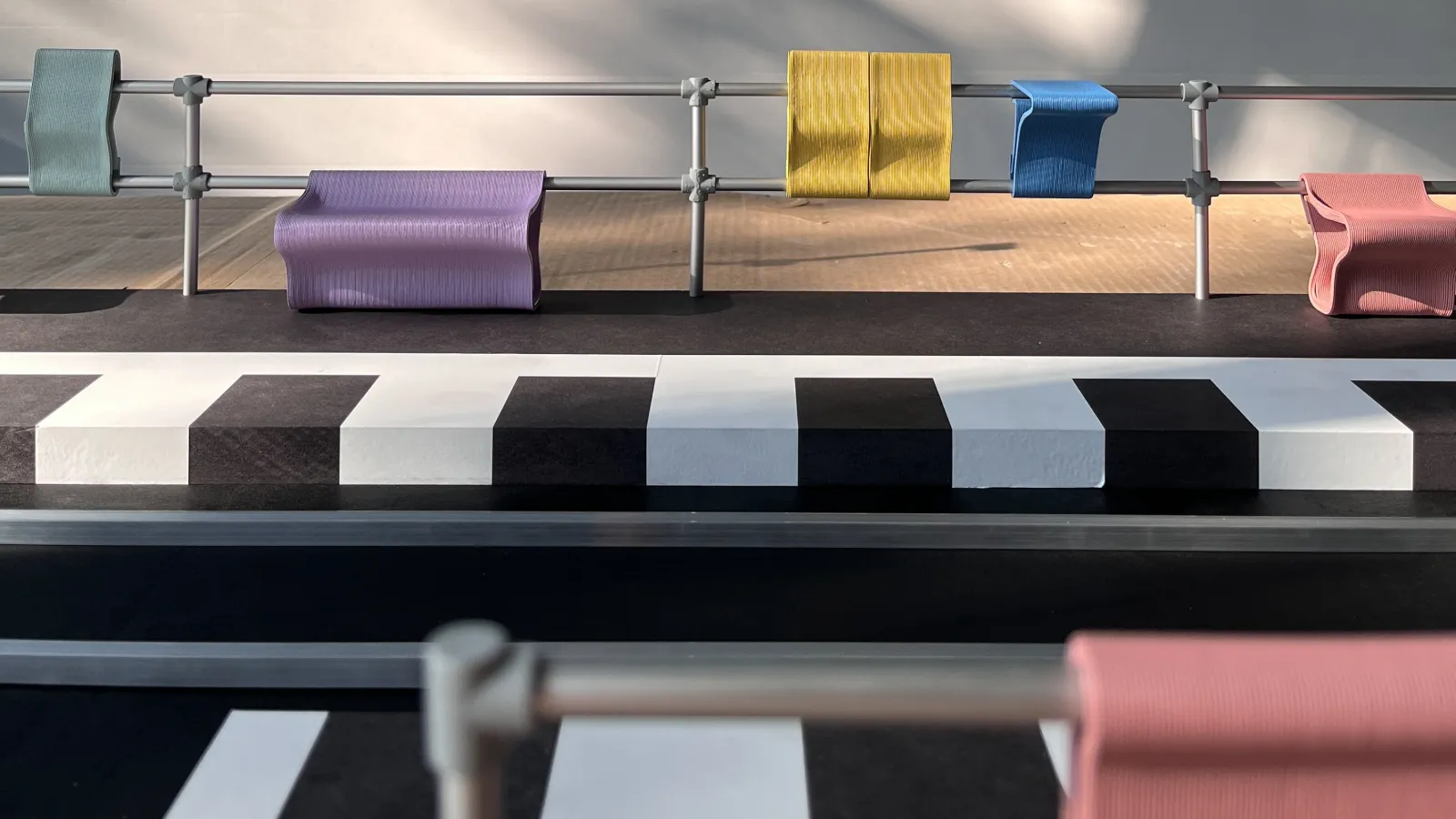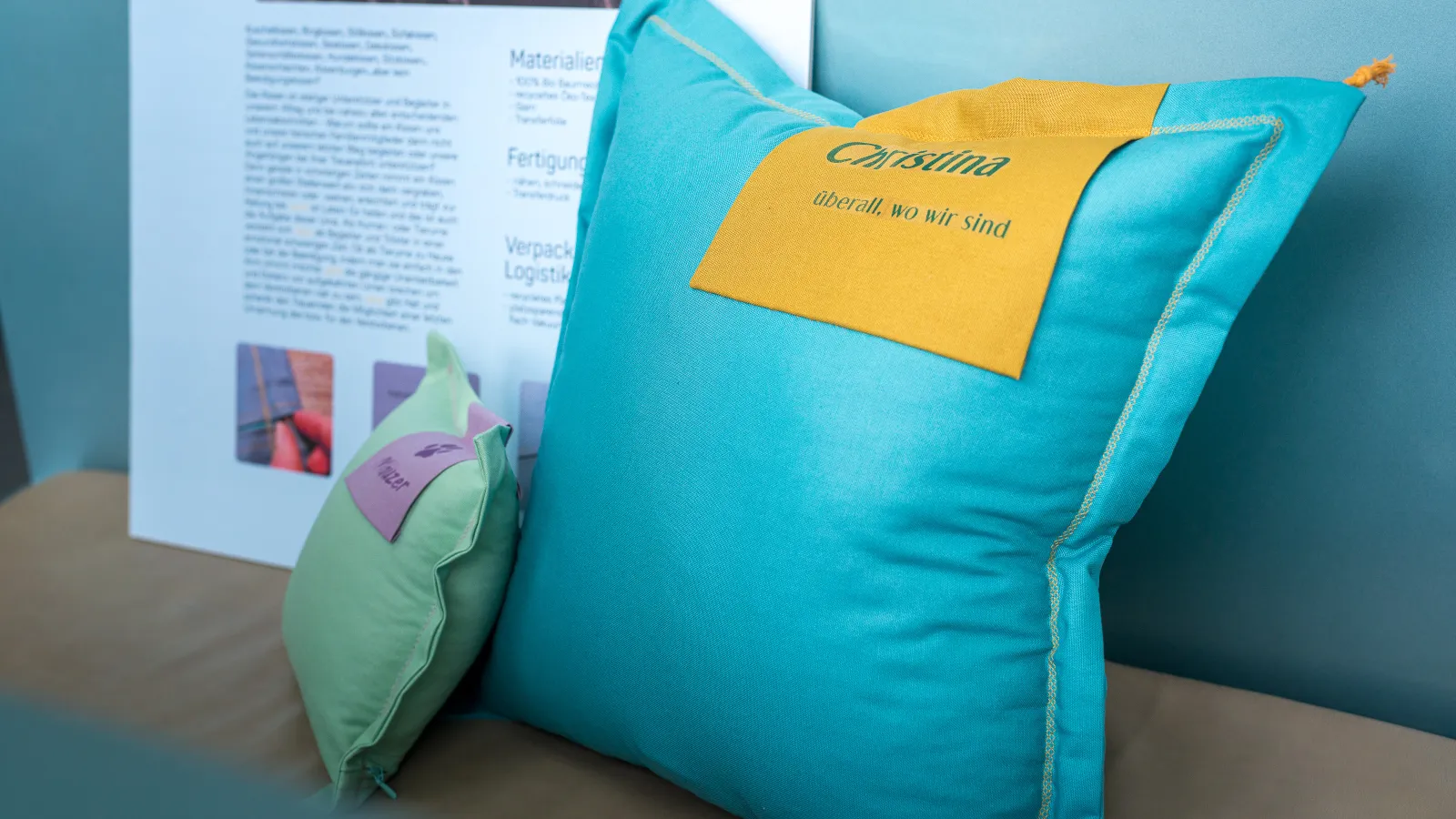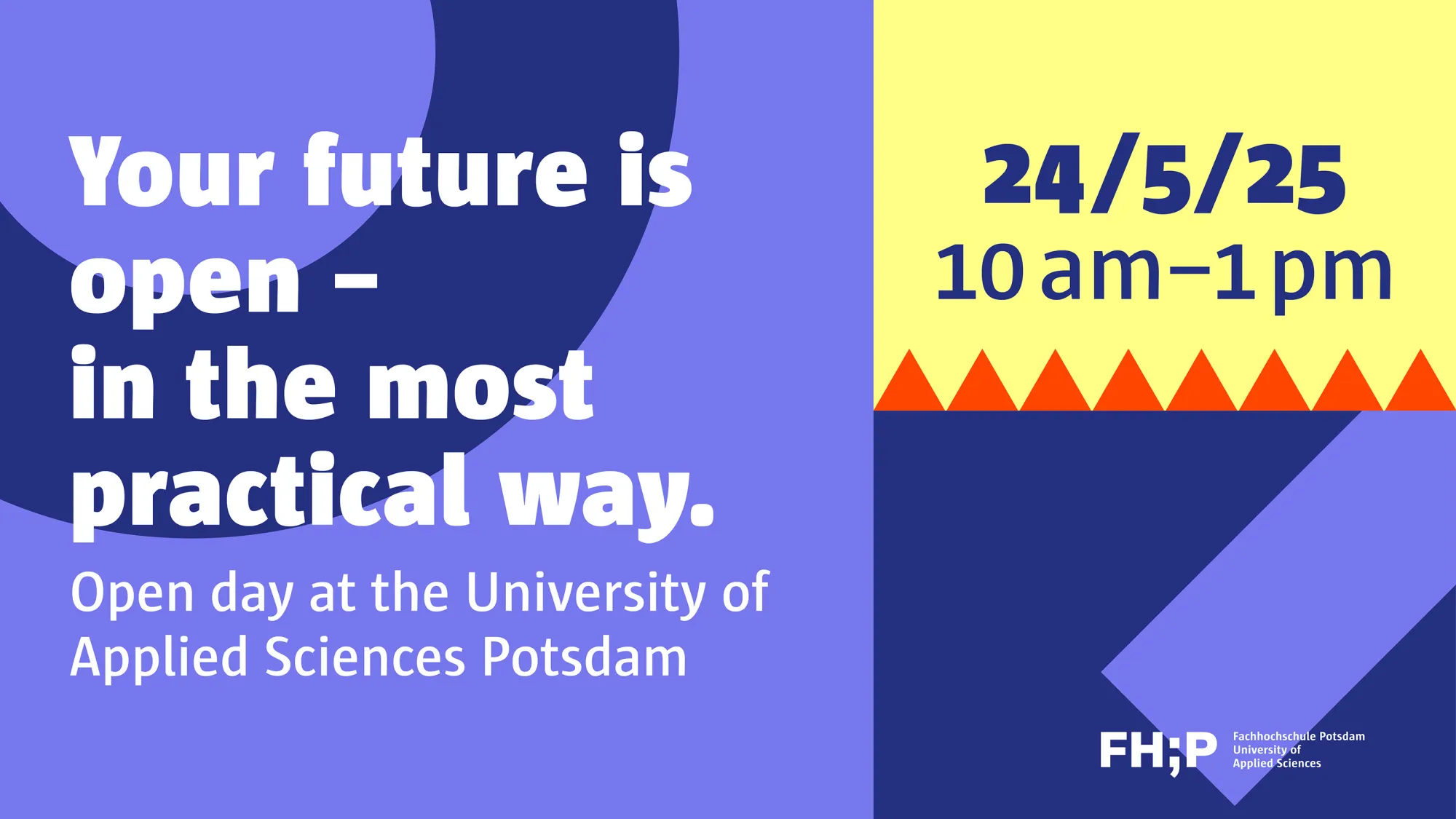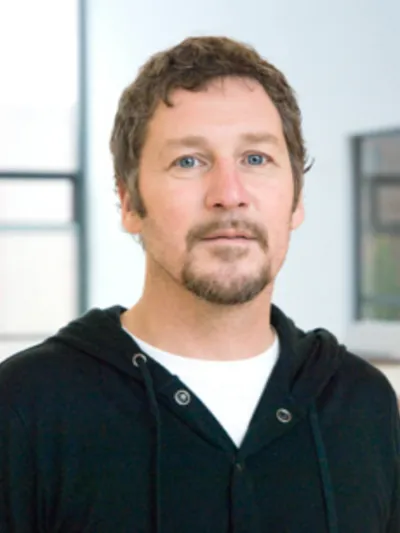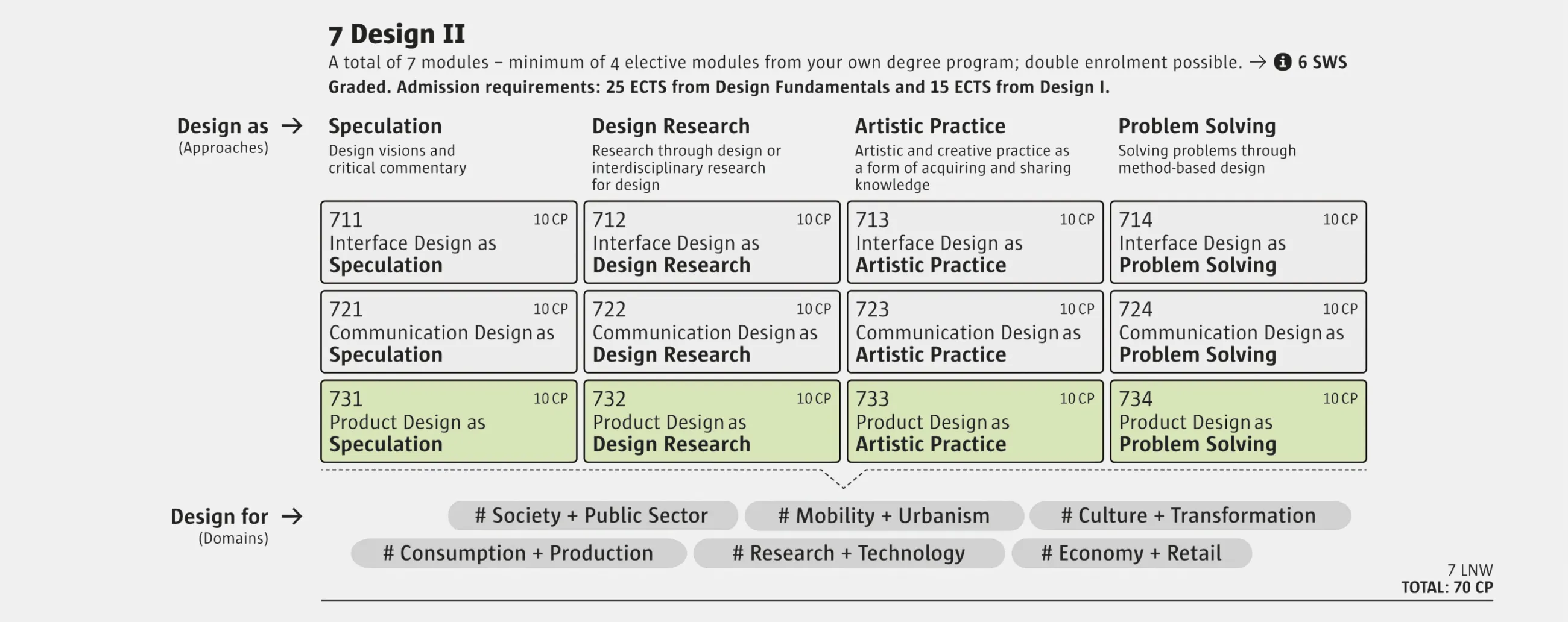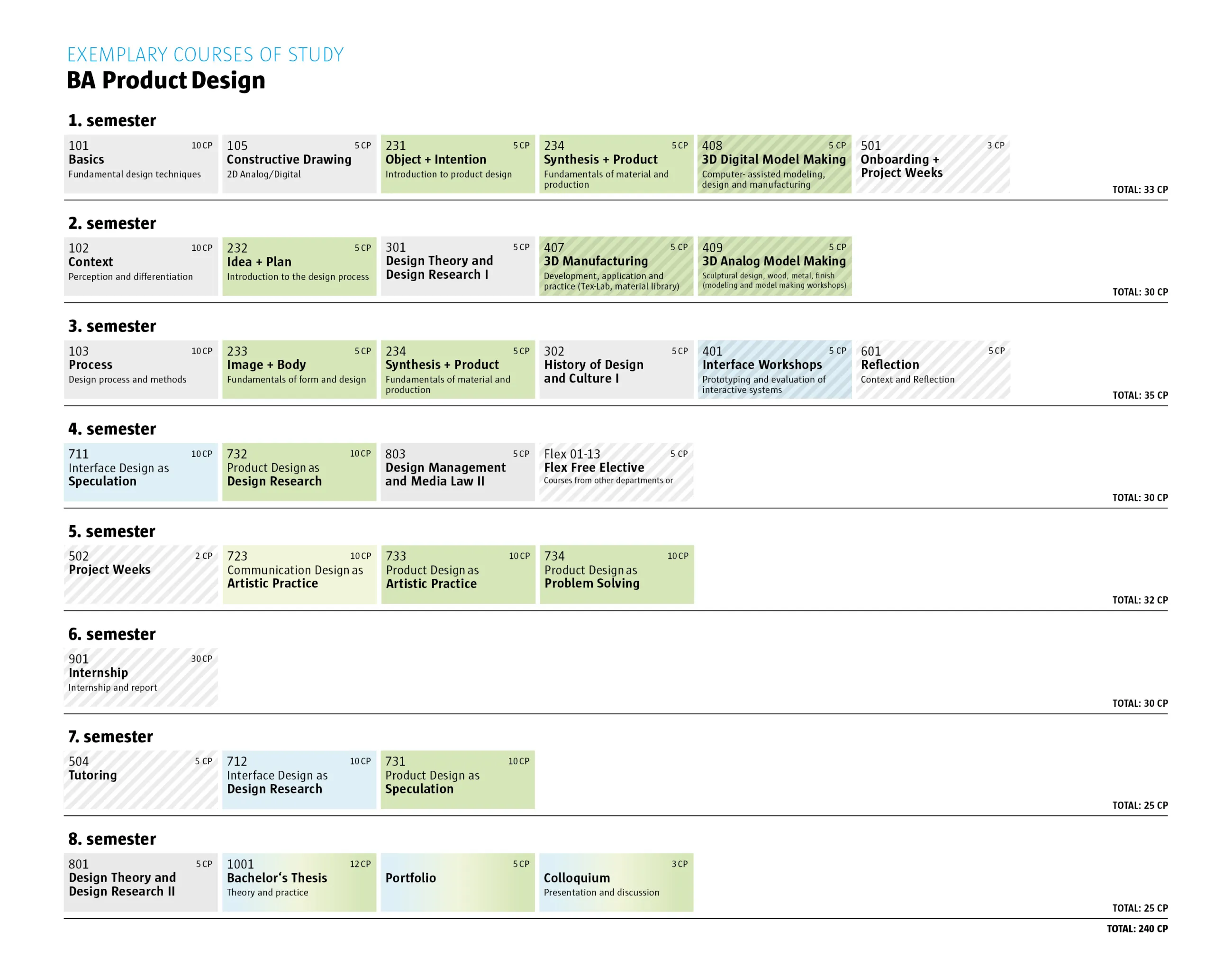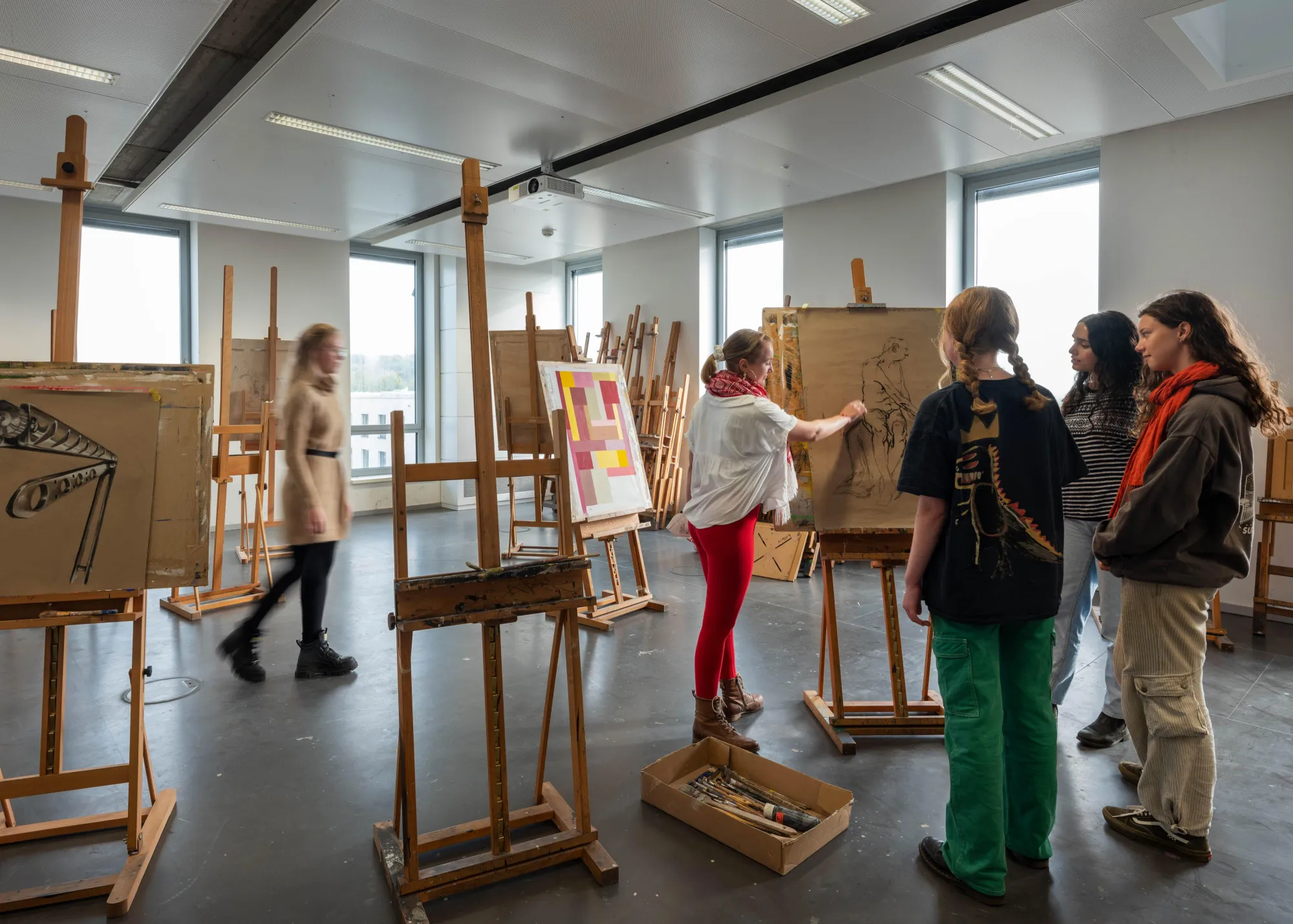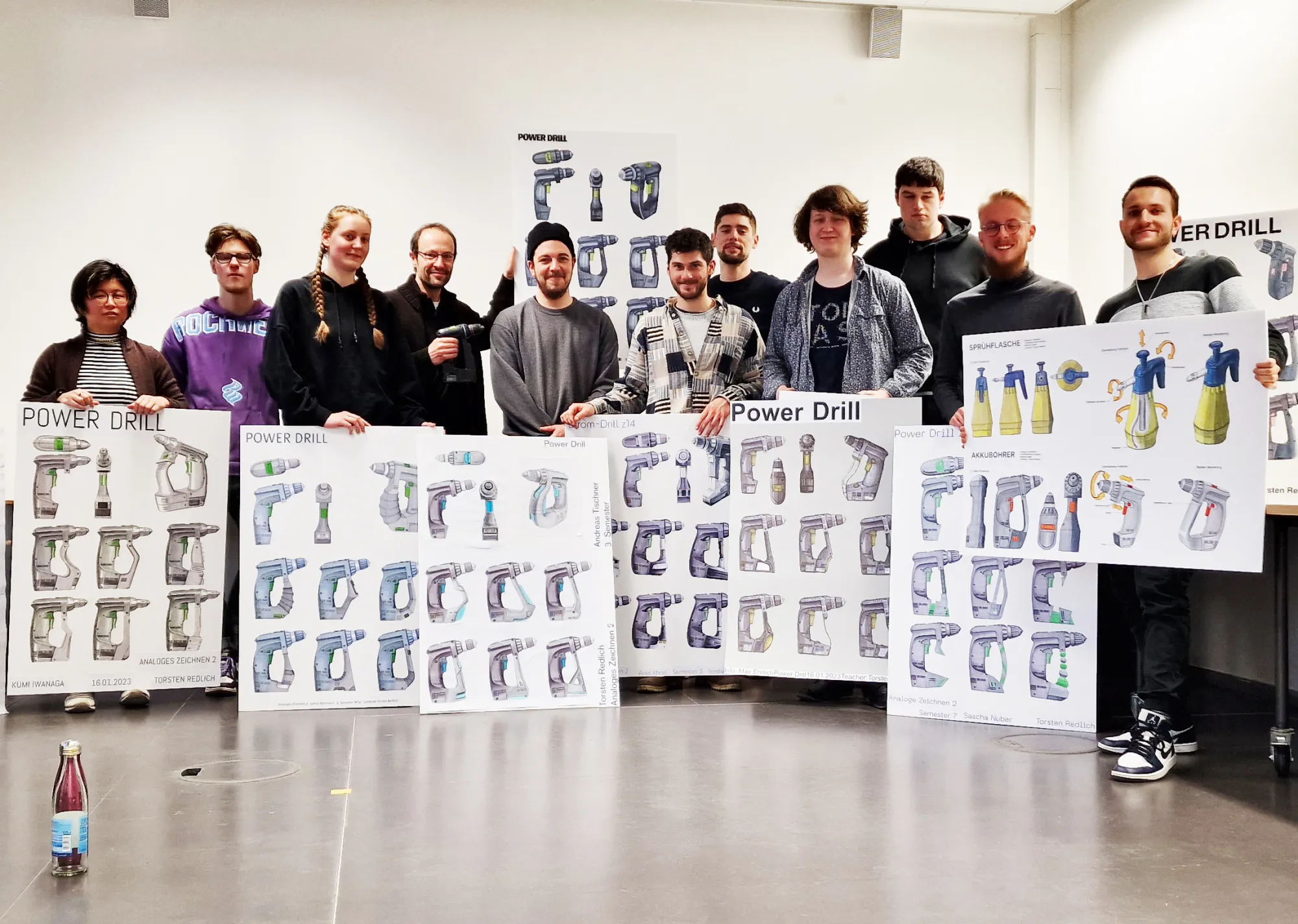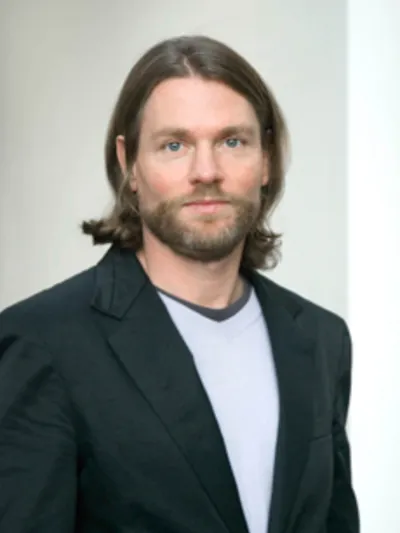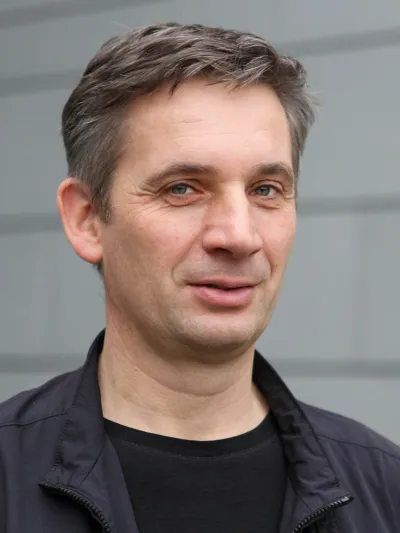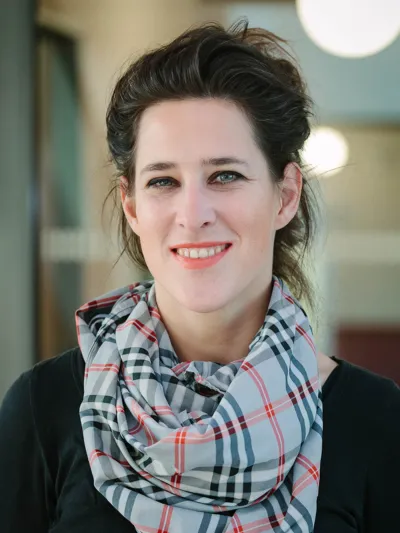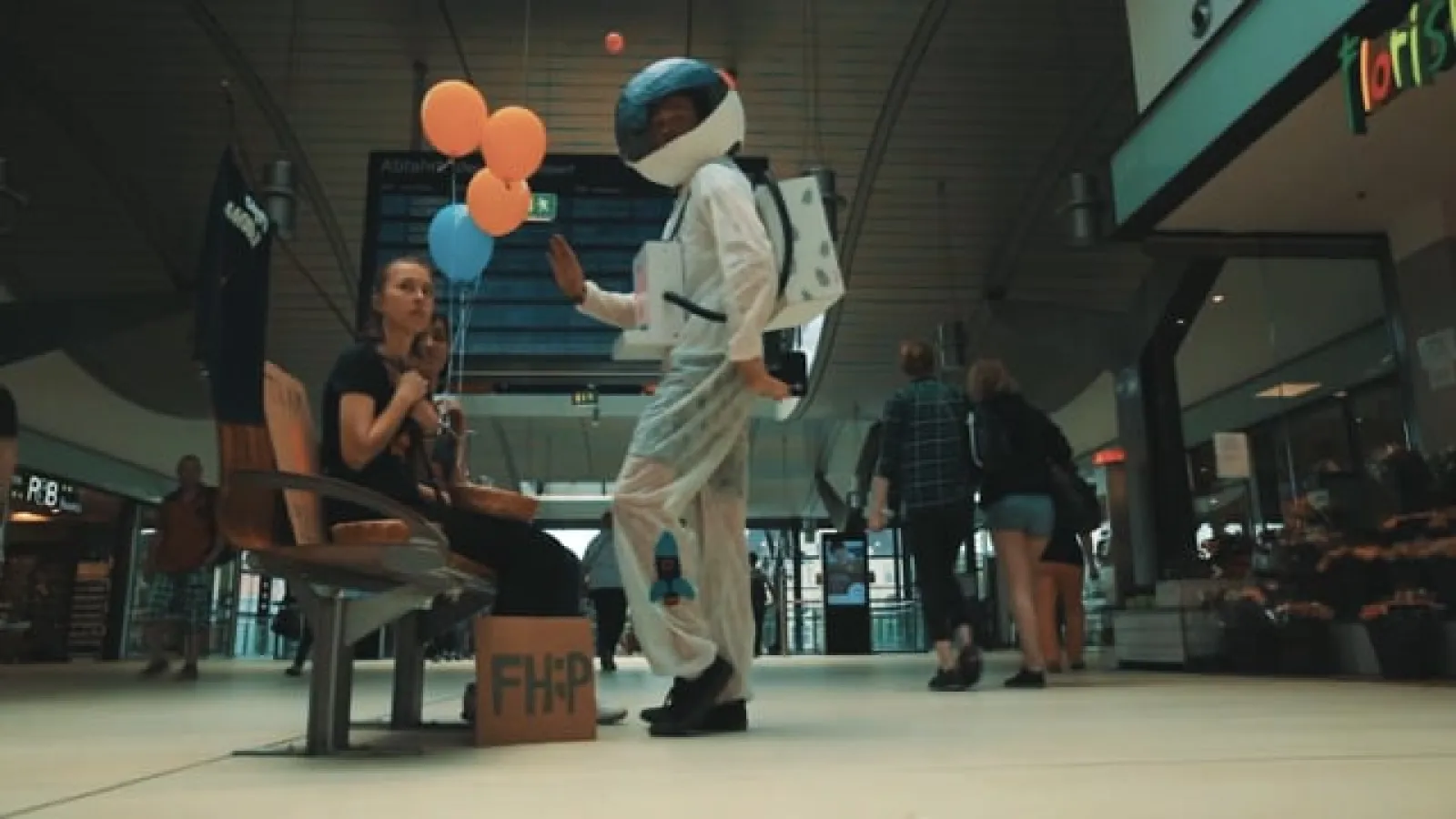"Design and Attitude"
"Design and Attitude" poses the question of the ethical dimension in design. In this sense, designing the future means designing perspectives. Design is always geared to the future and, in order to be taken seriously, must be "appropriate" in time; it must detach itself from a monovalent optimism of progress and understand the signs of the times.
By means of design, paradigm shifts become visible and liveable. But the applied design itself must also readjust. The development horizon has expanded. An isolated understanding of problems and issues is not compatible with a global perspective. Questions of the development context, development perspectives and possible effects beyond the design object move to the centre of the discourse. "Product & Perspective" understands the product as standing in context, as part of an option, but also as part of an issue: design as the result of a transformational process of negotiating technology, application and social perspective.
"Design and Transformation"
"Design and Transformation" deals with the role of product design against the background of new development, communication and manufacturing scenarios. On the one hand, this refers to the exponential development of new materials and technical processes and the effects on the classic product development and production context. On the other hand, it refers to corresponding, mostly web-based developments that describe new design, production and distribution horizons (e.g. open source, internet of things, manufacture 4.0, space lab, construct lab, co-working, digital prototyping). These processes in particular, which are emerging alongside traditional development contexts, outline a space of possibilities that is already becoming concrete, both culturally and economically, and which has a considerable influence on product design. In this context, among other things, the resources of industrial and artisanal production are renegotiated in relation to technical-semi-craft approaches. The classic service provider designer in the expert debate is being replaced by a new type of designer. This new type of designer is no longer confronted with users, but with critical prosumers who first want to be convinced of a special design competence. Designers must be able to recognise the possibilities of the new conditions and translate them into modern design statements through the use of contemporary media and technologies. By taking up initiatives, recognising avant-gardes, not only in product development, they must prove themselves to be experts in cultural development, as well as in communication and the use of current strategies of product conception.
"Design and process
The understanding of problem solving usually associated with the term design process is no longer sufficient against the background of current development scenarios. The development of new materials and technical processes have an impact on the classic product development and production context. In addition, web-based developments describe new design, production and distribution horizons that suggest new methods and instruments for controlling product development processes. Designers, as the ones who are supposed to translate a project into a product, increasingly have the role of linking multi-process aspects of a development and translating them across disciplinary and communication boundaries - away from a doctrine of feasibility towards a discourse of plausibility. They must be in a position to formulate, organise, integrate or themselves perform many aspects of development, from post-industrial production to critical reception. They have the role of mediating contemporary product development.
Lecturer:
Prof. Jörg Hundertpfund


